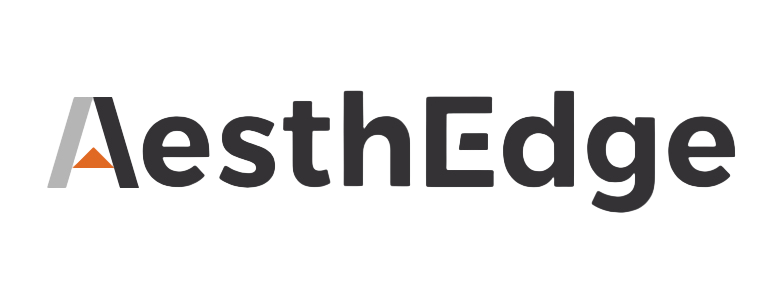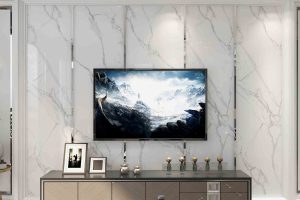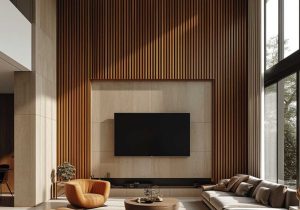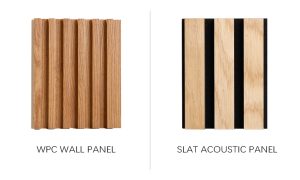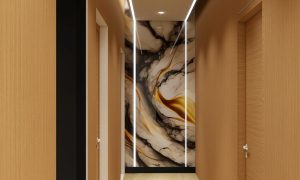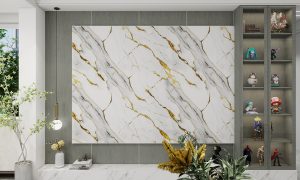PVC foam boards come in a variety of dimensions to suit different applications. Here are some common sizes:
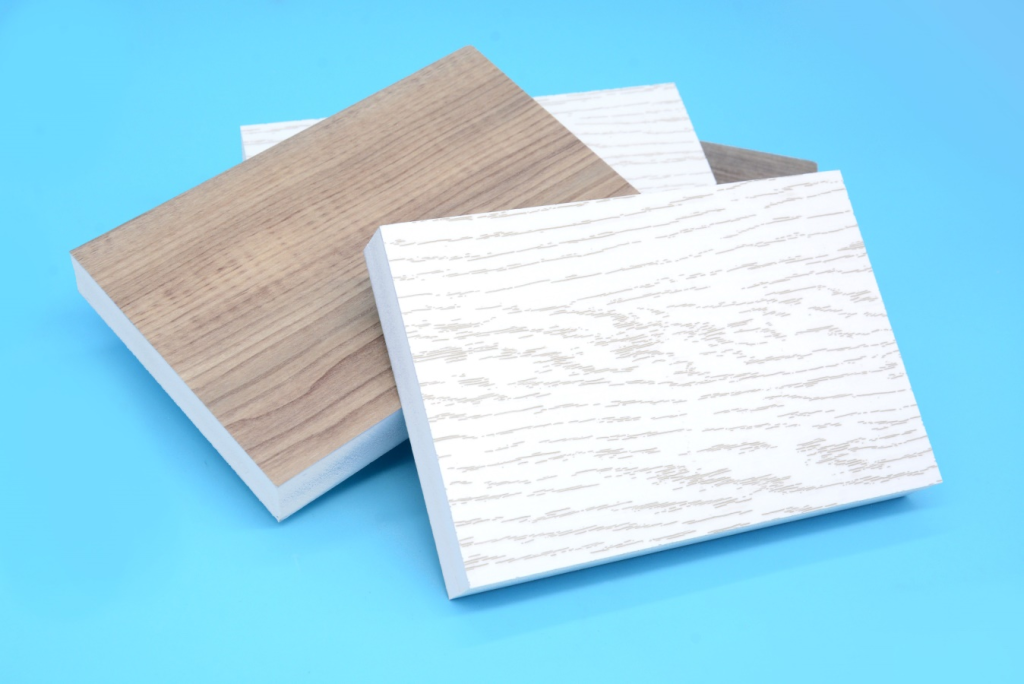
Thickness:
PVC foam boards are available in a wide range of thicknesses, typically from 1 mm to 30 mm. Here are some common options:
- 1 mm
- 2 mm
- 3 mm
- 4 mm
- 5 mm
- 6 mm
- 8 mm
- 10 mm
- 12 mm
- 15 mm
- 18 mm
- 20 mm
- 25 mm
- 30 mm
Standard Sheet Sizes:
The most commonly available sheet sizes for PVC foam boards are:
- 1220 mm x 2440 mm (4 ft x 8 ft)
- 1560 mm x 3050 mm (5 ft x 10 ft)
- 2050 mm x 3050 mm (6.5 ft x 10 ft)
These standard sizes cover most general applications. However, some manufacturers might offer additional standard sizes or variations depending on their production capabilities.
Custom Sizes:
Many suppliers offer custom cutting services, allowing you to order PVC foam boards in specific dimensions to suit your project needs. This is particularly useful for large-scale industrial projects or unique design requirements.
Surface Finish:
PVC foam boards come with different surface finishes, which can impact their suitability for various applications:
- Matte Finish: Ideal for printing, signage, and displays.
- Glossy Finish: Provides a smooth, shiny surface, often used for decorative purposes.
- Embossed Finish: Offers textured surfaces for specific aesthetic or functional requirements.
Color Options:
While white is the most common color for PVC foam boards, they are also available in a variety of other colors, including:
- Black
- Grey
- Red
- Blue
- Green
- Yellow
Custom colors can also be requested from some manufacturers, especially for large orders.
Density:
PVC foam boards are categorized based on their density, which affects their weight, strength, and durability. Common density ranges include:
- Low-Density (0.45-0.55 g/cm³): Lighter, easier to handle and install, suitable for indoor applications like signage and displays.
- Medium-Density (0.55-0.65 g/cm³): Balanced properties, ideal for both indoor and outdoor use.
- High-Density (0.65-0.80 g/cm³): Heavier, more robust, suitable for applications requiring higher strength and durability, like furniture and construction.
Applications:
PVC foam boards are versatile and used in various industries, including:
- Advertising and Signage: Due to their smooth surface and ease of printing.
- Construction: As lightweight alternatives to wood or metal.
- Furniture Making: For lightweight, durable furniture.
- Interior Design: Used in wall cladding, partitions, and decorative elements.
- Exhibition Stands: Lightweight and easy to assemble and disassemble.
- DIY Projects: For custom craft and home improvement projects.
Advantages:
- Lightweight: Easy to transport and install.
- Durable: Resistant to moisture, chemicals, and UV radiation.
- Versatile: Can be cut, shaped, and painted.
- Cost-effective: Provides a balance of performance and affordability.
Disadvantages:
- Thermal Expansion: Can expand or contract with temperature changes.
- Strength: Less rigid than some other materials, which might not be suitable for high-load applications.

For specific projects, it’s best to consult with suppliers or manufacturers to get the most suitable dimensions and properties for your needs.
